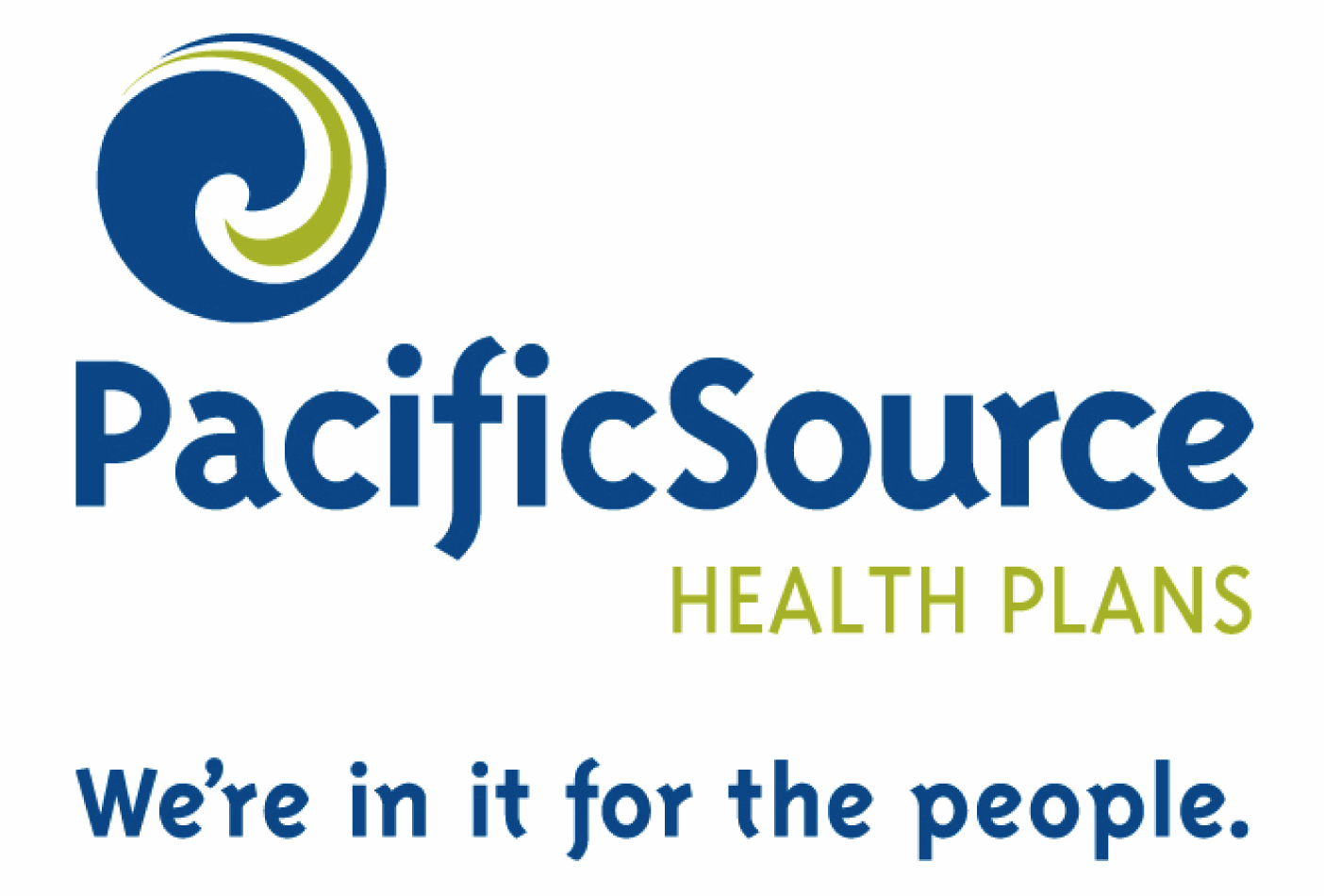In an editorial publlished on April 6th, 2009, the New York Times makes the case that a public insurance plan option be included in national health reform. You can also find the editorial online.
A Public Plan for Health Insurance?
President Obama has rightly called for sweeping health care reform and charged Congress with coming up with a program. Expect a tough political fight.
Already one of the most contentious issues is whether to include a new public plan option to compete with private insurance plans. Many Republicans deride it as “government-run health care” and a step toward “socialized medicine.” Democrats find the notion appealing — even of vital importance.
A new public plan — to offer consumers greater choice, keep the private plans honest and, one can hope, restrain the relentless growth in health care premiums and underlying medical costs — seems worth trying.
Any new public plan would constitute only part of a much broader effort to provide coverage for 46 million Americans who currently are uninsured and many more who may soon join their ranks. Other major parts under discussion include strengthening employer-provided coverage, expanding existing public programs such as Medicaid and creating a national health insurance exchange where individuals without employer coverage, small businesses and possibly others could buy policies at inexpensive group rates from qualified private plans and, we hope, from a new public plan as well.
Many reformers suggest that a public plan be modeled on Medicare. If crafted correctly, it would provide a valuable option for people who don’t trust private insurers to have a patient’s interest at heart and would offer a safe haven should private plans abandon a market, leaving their subscribers stranded. It would also serve as a competitive yardstick for measuring the performance of private plans.
A public plan might do a better job of slowing the growth of health care costs, although Medicare has not been notably successful in that regard. The public plan would almost certainly have lower administrative costs. And it could probably force doctors and hospitals to accept lower reimbursements than they negotiate with private insurers, allowing the public plan to charge lower premiums and attract more customers.
The insurance industry and leading Republicans decry that as unfair competition. Hospitals and doctors worry about being underpaid, but there is a limit to how low government reimbursements can fall without driving them out of the program.
What many critics seem to fear most is that a new public plan would sweep away its private competitors and evolve over time into a full-fledged single-payer system (sometimes called Medicare for all). No matter how fair the competition between public and private plans might be at the start, they warn that the government would find it irresistible to rig the outcome through its regulatory and pricing powers and its ability, in a pinch, to subsidize the public plan with taxpayers’ money.
That fear seems overblown. Innovative, nimble private plans with well-integrated service systems might outperform any government plan, just as some now outperform Medicare through better coordination of services, stronger preventive care and broader benefits.
A new public plan is neither the cornerstone of health care reform nor the death knell of private insurance. It should be tried as one element of comprehensive reform. If, over time, a vast majority decides the government plan is superior, so be it.










Recent Comments